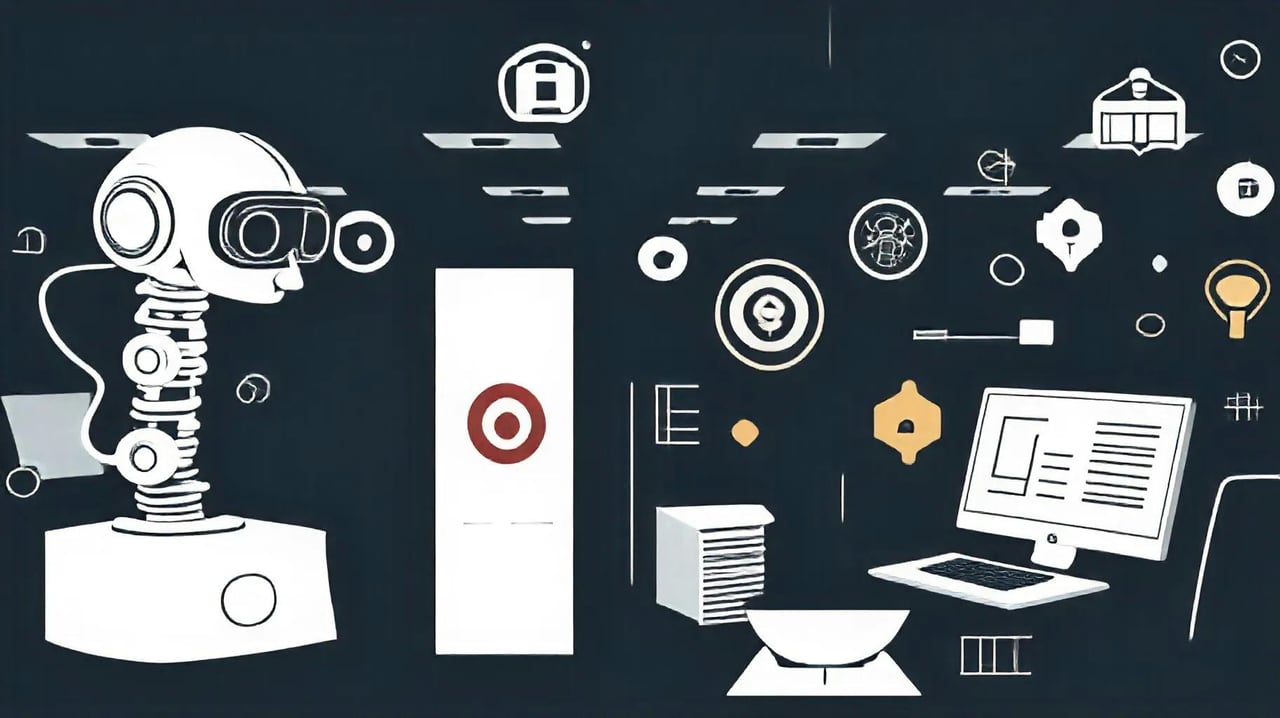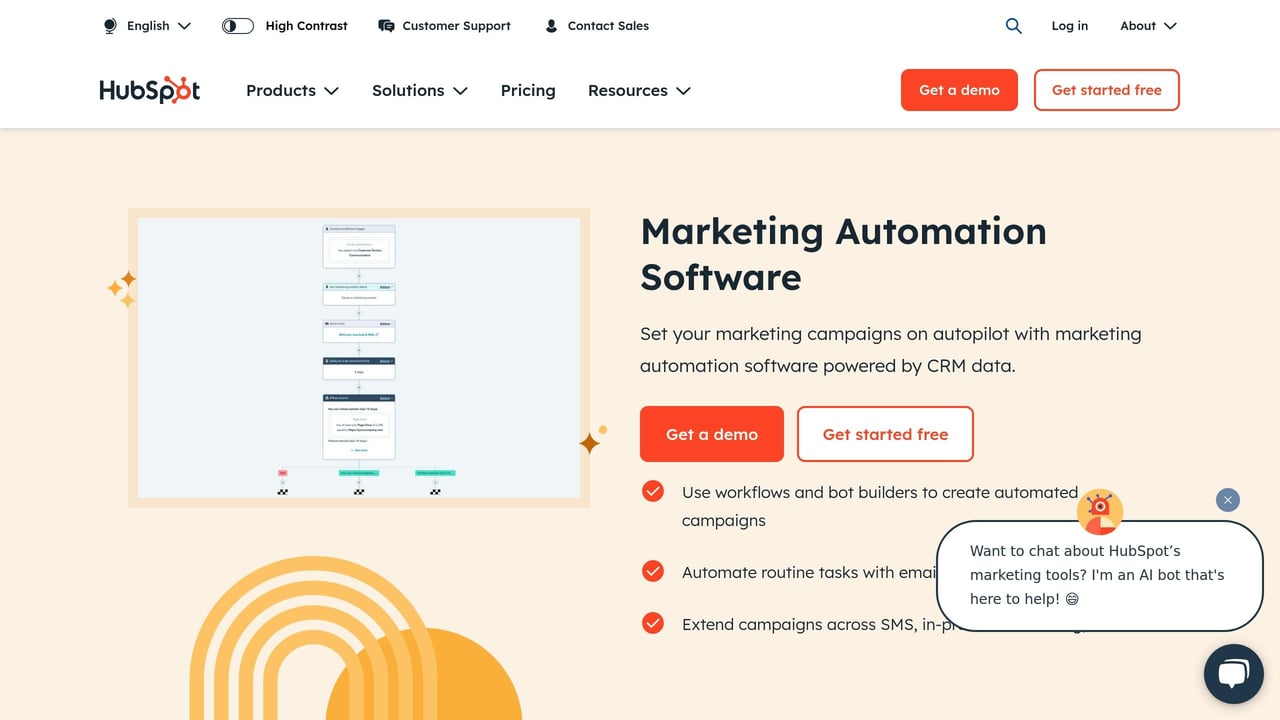February 17, 2025
AI vs Manual Lead Generation: A Complete Guide
Find out how AI and manual lead generation can impact your business and which method delivers the best results.
February 17, 2025
Find out how AI and manual lead generation can impact your business and which method delivers the best results.

What is best for your business? AI-driven lead generation delivers faster results and scalability, while manual methods provide stronger personal connections. Both have their advantages depending on needs and context.
| Aspect | AI-Driven | Manual |
|---|---|---|
| Speed | Fast and automated | Time-consuming |
| Personalization | Scalable | Individual |
| Costs | Lower in the long run | Higher over time |
| Contact | Limited | Strong personal connection |
Conclusion: Combine AI for analysis and data handling with manual efforts for relationship building. This delivers the best results, especially in complex sales situations.
AI-based lead generation tools have changed how businesses find and qualify potential customers. Among the most used solutions are HubSpot, Marketo, and Salesforce Einstein.
These tools have proven effective in practice, especially when it comes to automating processes and improving results.
| Feature | Description | Typical Results |
|---|---|---|
| Predictive lead scoring | Ranking leads based on behavioral patterns | More qualified leads |
| Automated personalization | Tailoring content based on user data | Increased engagement |
| Intelligent segmentation | AI-driven categorization of potential customers | More precise marketing |
A good example of AI tools in action is Epson America. After implementing Marketo's AI system, they achieved:
"AI-driven tools have the potential to reduce business costs by up to 30% by 2025," according to Juniper Research.
Salesforce Einstein is known for seamless integration with existing systems. This includes:
Although initial costs can be high (10,000–10,000–100,000+ annually), AI tools often provide a solid return. Typical gains include:
To maximize the impact of AI tools, businesses should:
This shows that AI tools work best as a supplement to human expertise, not as a replacement. When used correctly, they can be a powerful resource in any marketing and sales strategy.
Manual lead generation methods remain an important part of many companies' sales strategies. While AI excels in speed and scale, manual methods provide an advantage when human connection is crucial—especially in complex B2B sales.
| Method | Effectiveness | Best Use Case |
|---|---|---|
| Cold calling | 2% conversion rate | Complex B2B sales |
| Email marketing | 20-25% open rate (ROI 4200%) | Targeted communication |
| Networking events | - | Relationship building |
| Referral programs | - | Long-term growth |
Manual methods stand out due to:
This is why 59% of companies combine AI tools with manual methods.
"78% of decision-makers have agreed to a meeting or attended an event as a result of a cold call or email."
To get the most out of manual methods, businesses can:
The effectiveness of manual methods can be assessed by tracking key indicators such as:
These metrics provide insight into what works and where there is room for improvement.
When looking at different tools and methods, it's important to understand how they work in practice, both strengths and weaknesses.
| Aspect | AI-driven lead generation | Manual lead generation |
|---|---|---|
| Conversion rate | 30-50% higher in some industries | 1-3% on average |
| Customization | Limited in complex situations | Good for specialized needs |
| Error margin | Stable and consistent | Can be affected by human error |
AI-driven works particularly well for:
Manual approach is better suited for:
Harvard Business Review has shown that companies using AI can respond to leads 60 times faster than those using traditional methods.
This is particularly evident in the insurance industry:
"In the insurance industry, studies show that AI lead generation is 45% more effective for car and home insurance, while manual methods still perform better when selling complex commercial insurance."
To achieve the best results, many companies choose to combine AI for initial screening and data analysis with human expertise for leads requiring more personalized follow-up. This is especially useful in complex B2B sales situations.
Based on the analysis of strengths and limitations, we recommend the following:
Start with simple AI tools combined with personal follow-up. Use affordable CRM systems like HubSpot or Mailchimp to automate basic tasks. This provides a good balance between costs and efficiency.
Consider investing in more advanced AI solutions but ensure to retain human contact, especially for high-value potential customers. As we saw with Epson in section 1, successful implementation requires a balanced strategy.
For larger organizations, full integration of AI into the lead generation process is necessary. Experience shows that companies using AI-driven lead scoring achieve the following:
| Metric | Improvement |
|---|---|
| Lead quality | 30% increase |
| Sales cycle | 25% reduction |
To ensure success, businesses should focus on:
Tradeshift's experiences in 2024 showed that targeted use of AI can deliver clear results.
Previous examples underscore that AI works best as a tool to support human expertise. AI can handle data analysis and qualification, while humans take care of relationship building and complex decisions.

As mentioned earlier, both HubSpot and Marketo are popular choices among AI tools, but how do you decide which is best for your business?
It depends on the size of the business and specific needs. Here is a comparison of the two based on some key factors:
| Factor | HubSpot | Marketo |
|---|---|---|
| Best suited for | Small and medium-sized businesses | Large businesses |
| Ease of use | 4.4/5 (8,941 reviews) | 4.1/5 (1,789 reviews) |
| Starting price | $45/month | Approximately $1,195/month |
| Key strengths | Integrated CRM, easy setup | Advanced customization, B2B |
HubSpot stands out with:
Marketo, on the other hand, is known for:
User satisfaction also shows an advantage for HubSpot, scoring 83% compared to Marketo's 78%. The choice between these tools can have a significant impact on how well the company manages to combine automation with human resources.